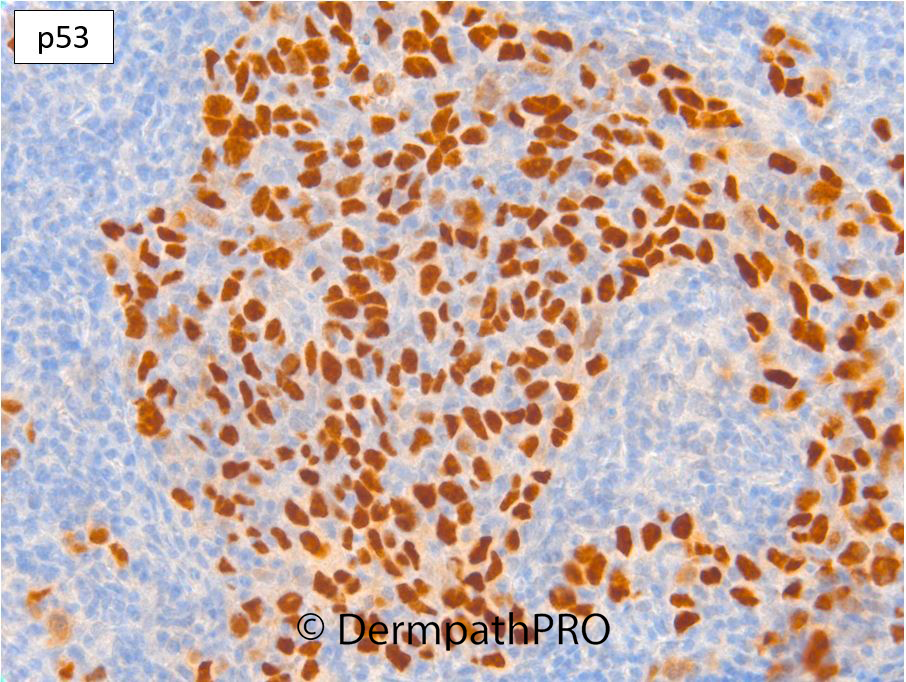Case Number : Case 2997 - 31 December 2021 Posted By: Dr. Richard Carr
Please read the clinical history and view the images by clicking on them before you proffer your diagnosis.
Submitted Date :
F80. Cheek. BCC 10 x 8mm









Join the conversation
You can post now and register later. If you have an account, sign in now to post with your account.